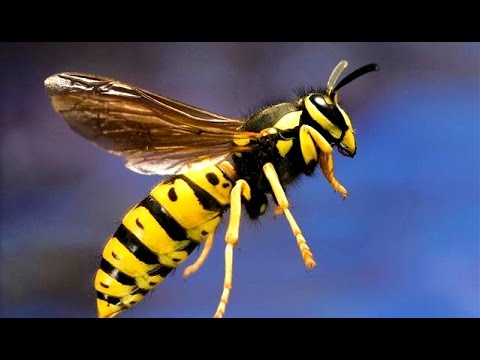Worried about termites entering your home? Before you call your local termite control specialist, there are ways for you to prevent any potential invasion from happening in your household. Here are ways to termite proof your house.
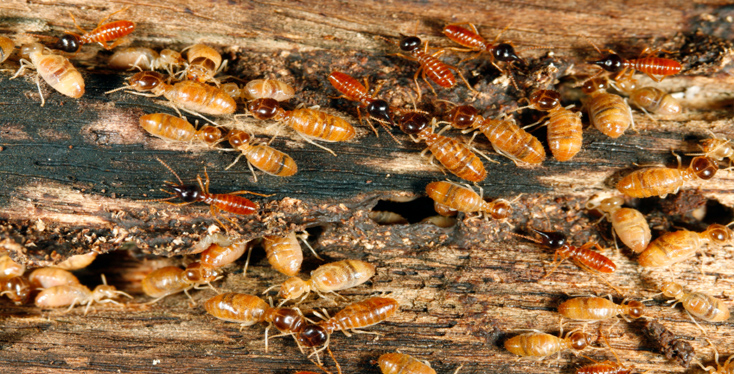
Let’s get on the to the ways you could prevent them from entering your home in order to protect your humble abode and spend less time calling your pest control operator.
Keep Moisture Away from Wood
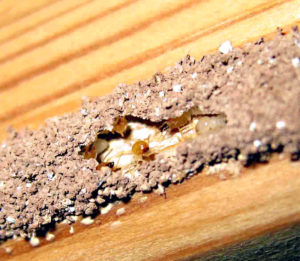 Get rid of any standing water around the perimeter of your home immediately. If you notice chronically moist soil within your area, find out why this certain spot is always damp and fix it. Termites are generally attracted to moist soil and damp areas are perfect conditions for them to survive. Indoors, make sure to keep any wooden pieces’ dry at all times. You never know when a termite swarmer might slip into your home. It’s important to make your home inhabitable for termites by keeping moisture away from the wood.
Get rid of any standing water around the perimeter of your home immediately. If you notice chronically moist soil within your area, find out why this certain spot is always damp and fix it. Termites are generally attracted to moist soil and damp areas are perfect conditions for them to survive. Indoors, make sure to keep any wooden pieces’ dry at all times. You never know when a termite swarmer might slip into your home. It’s important to make your home inhabitable for termites by keeping moisture away from the wood.
Store Cardboard and Wooden Boxes Properly
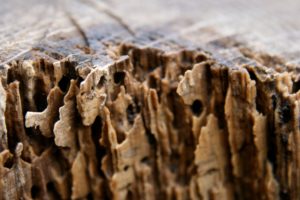 Take note that cardboard contains cellulose, a plant-based substance which termites feed on for nutrition and to survive. You may have some cardboard or wooden boxes stored in places around your house which you don’t regularly inspect. It may come as a surprise but termites, especially dry wood termites, can start nesting on cardboard and work their way to wooden parts of your home.
Take note that cardboard contains cellulose, a plant-based substance which termites feed on for nutrition and to survive. You may have some cardboard or wooden boxes stored in places around your house which you don’t regularly inspect. It may come as a surprise but termites, especially dry wood termites, can start nesting on cardboard and work their way to wooden parts of your home.
Fix All Water Leaks and Cracks
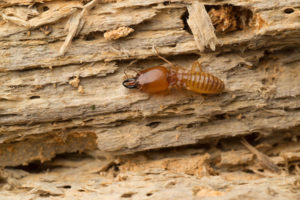 Water leaks could be an open invitation for termites to infest your home. Knowing that they thrive in moist environments, it’s important to fix any form of leaking water around your home.
Water leaks could be an open invitation for termites to infest your home. Knowing that they thrive in moist environments, it’s important to fix any form of leaking water around your home.
If you have any leak problems in your house, have your home inspected. A home inspection is always the first step of termite control. Acting with haste is essential to prevent any potential invasion. Once you’ve fixed water leaks in your home, thoroughly clean the damp areas and ensure that they are kept dry. It wouldn’t hurt to visit those areas again.
Natural Pest Solutions
5844 Glover Rd, Langley, BC V3A 4H9, Canada
+1 604-245-8395
https://mynaturalpestsolutions.com/ca/pest-control-langley-bc/

